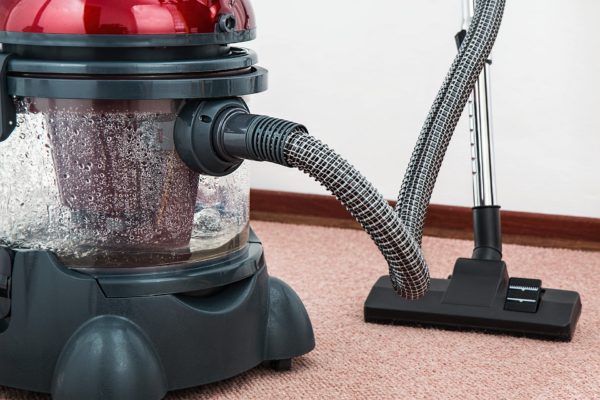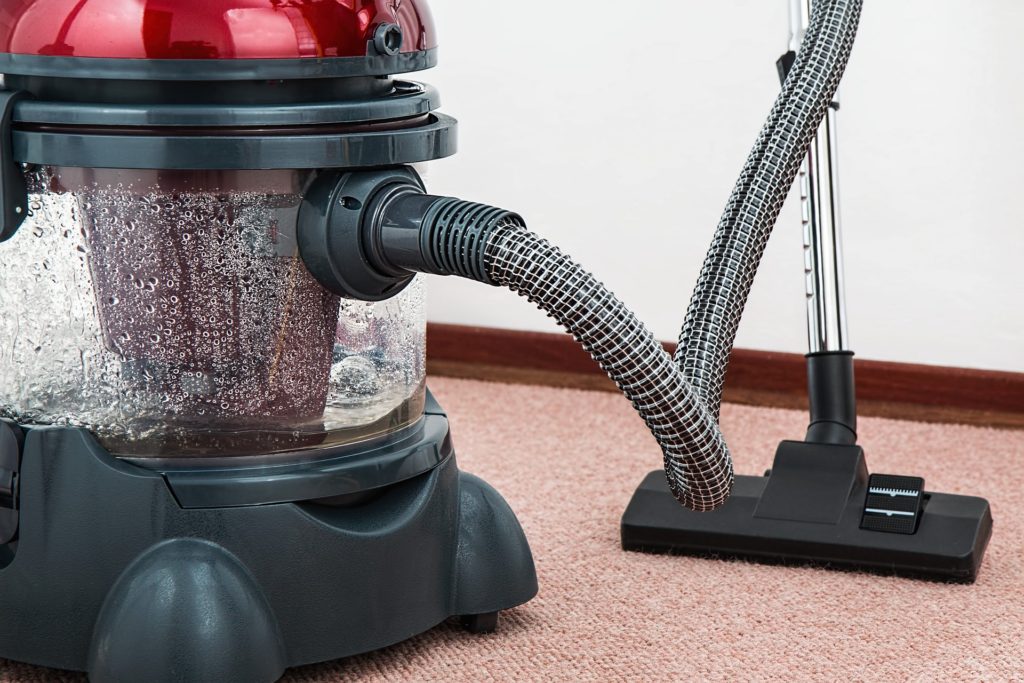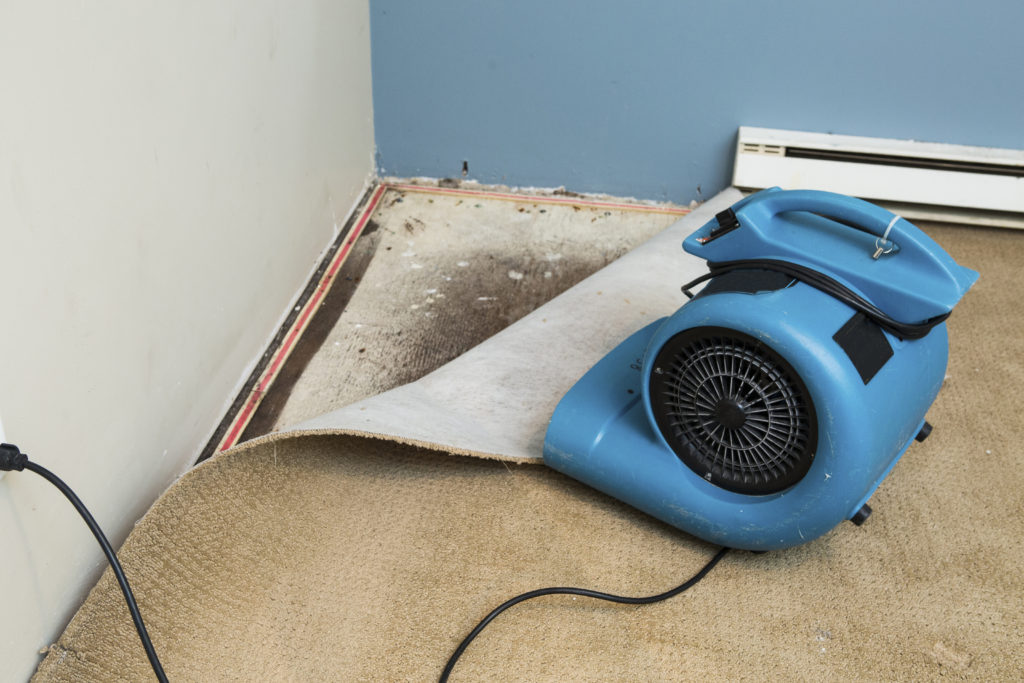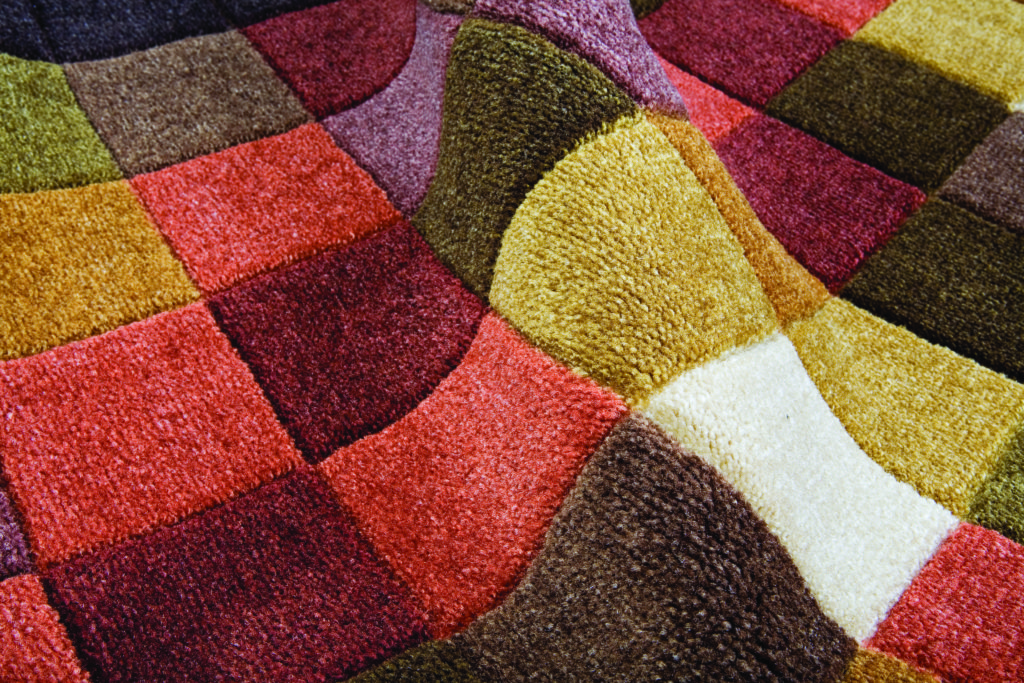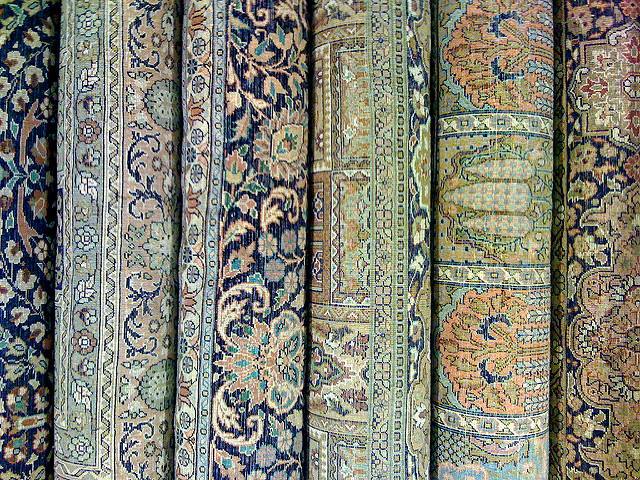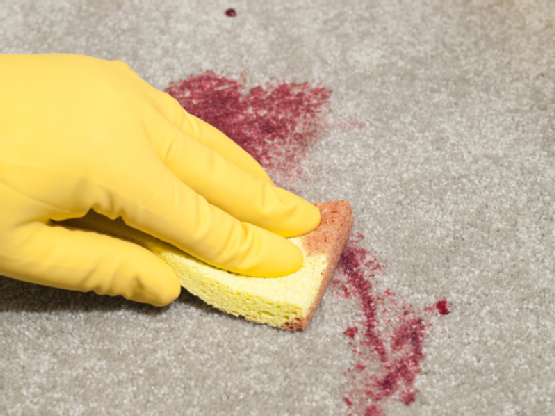Water Damage
No one wants to come home to water damaged carpeting. Whether yours is wet from a busted up laundry room pipe, the mounted fire extinguishers going off, or damage after a flood, it can be hard to tell what to do with your carpet after it has sustained water damage. That’s where our expertise comes in. If you’ve ever wondered what to do with your carpet if it’s damaged by water, read this post now so you’ll know what to do when you have to act later!
When you’re making decisions about your carpet in the event of water damage, you basically have two options. They are:
- Option #1 – Attempt to restore it. Of course, the first thing you’ll want to do with your carpet is to restore it like nothing happened. This is quite possible to achieve, and J&S Steamway helps homeowners do this every day. In order to properly restore your carpet, however, you’ll need to follow these specific instructions:
- Get to your carpet right away. Mold spores can grow in as little as 48 hours after the incident and impact your family’s health.
- Remove any standing water and peel back the carpeting. Open any doors and windows to let the air circulate into your home.
- Contact a professional water restoration service (like J&S Steamway) right away to deal with the cleanup process.
- Option #2 – Get a new carpet. In some cases your carpet may be beyond saving and it’s best to just replace it instead. How do you know when you should replace water damaged carpeting? The examples below are good indications:
- Your carpet has been submerged in water for 24 hours or more.
- The carpet was contaminated by flood water that might have had sewage in it.
- The carpet padding underneath was thoroughly wet from the water. Wet carpet padding is difficult to clean and likely needs replacement.
Whether your carpet is restored or gets replaced, timing is critical with water damage. Contact your professional carpet cleaner as soon as the event is over to dry things out quickly and have the best chance of saving your carpet – and your home – from further damage.
Need more help troubleshooting water damaged carpet? J&S Steamway is a licensed professional in fire, water, and flood damage restoration. We’ll help you get things in your house back to normal and in order when disaster strikes. Serving the beautiful Alaska area for over 40 years, we take pride in caring for our customers’ carpets as if they were ours. Contact us today to receive a free consultation on your carpets or ask us any questions about your specific carpet care needs!

